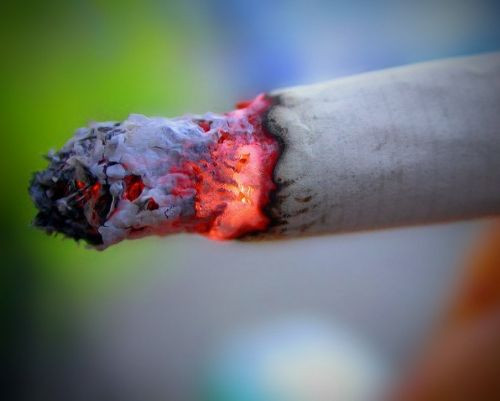Smoking First Cigarette in the Morning Increases Likelihood Of Cancer

To habitual smokers, that morning cigarette could be the catalyst they need to even think about getting the day started. Researchers now say holding off that morning cigarette may decrease a smoker's risk of developing lung or oral cancer.
While past studies have exposed a connection between early morning smoking and nicotine dependence, a team of researchers from Pennsylvania State University have broadened the scope by finding a direct link between that first cigarette and different types of cancer.
"We found that smokers who consume cigarettes immediately after waking have higher levels of NNAL -- a metabolite of the tobacco-specific carcinogen NNK -- in their blood than smokers who refrain from smoking a half hour or more after waking, regardless of how many cigarettes they smoke per day," said Steven Branstetter, assistant professor of biobehavioral health.
The research team, which included Branstetter and a colleague, Joshua Muscat, observed a sample population of about 2,000 adult smokers. Individuals participating in the study were asked a series of questions applying to how regularly they smoked and how long after they woke up they had their first cigarette.
Participants then provided a urine sample, which was analyzed to determine the amount of NNAL in their system. NNAL level in humans have proved to remain stable, meaning one measurement can account for their exposure over time.
Their findings showed that 32 percent of smokers consumed their first cigarette within five minutes of waking up, 31 percent smoked their first cigarette between six and 30 minutes of waking up, 18 percent got their nicotine fix between 31 to 60 minutes of waking up and 19 percent waited over an hour to have their first cigarette of the day.
Branstetter and Muscat concluded that NNAL levels were twice as high in smokers that waited five minutes compared to those who waited at least an hour. They also found that the NNAL levels in a smoker's bloody steam could help them predict when the participant started smoking, if they lived with another smoker, how old and what gender they are.
The team's complete analysis was published in the March 29 edition of the journal Cancer, Epidemiology, Biomarkers and Prevention.



























